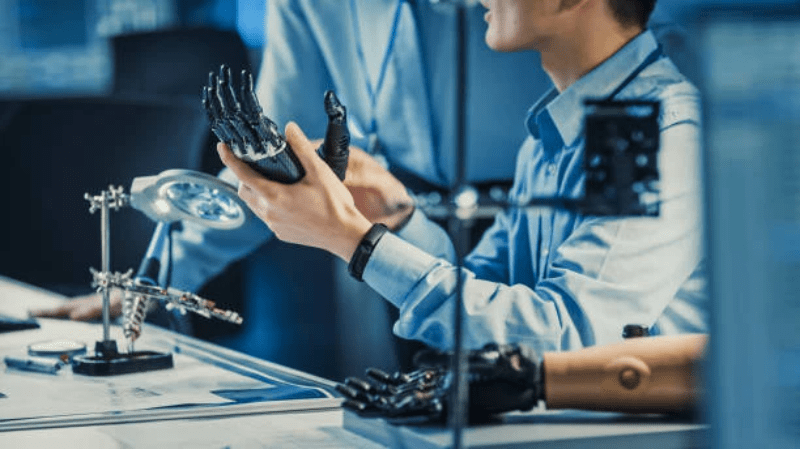
The field of prosthetics and orthotics requires highly trained practitioners who have received appropriate training and experience. The most successful professionals in this field have obtained their positions through years of self-study, reading, discussions, and participation in meetings. They have a range of clinical experiences that they have honed and have undergone a rigorous apprenticeship during their formative years. Less fortunate individuals can contribute little to any area of prosthetics and orthotics.
Professionals with an undergraduate degree in a health field are eligible for the Master of Science in Prosthetics and Orthotics program. To enter this program, students must complete prerequisite courses. There are also online graduate degree programs for currently certified prosthetists. This Orthotists and prosthetics company in New Jersey develop and manufacture orthoses to restore or enhance a person's function or care for disabling conditions. In addition, they also conduct research on the latest advancements in this field.
The benefits of orthotics are numerous. Not only do they restore function and reduce pain, but they also help correct anatomical deformities and prevent them from getting worse. Orthotics are also used to compensate for muscle weakness and instability, and they can even help people with neurological disorders or degenerative diseases regain some range of motion. They are important tools in treating many physical conditions and improving a person's quality of life.In many countries, the governance of prosthetics and orthotics services is lacking. There are limited regulatory bodies, and only 30 countries regulate prosthetists and orthotists.
Despite this, the study noted that there is a lack of a professional governing body for prosthetics. The World Federation for Occupational Therapy and World Physiotherapy are the two international bodies responsible for regulating the field. These bodies have strict standards and guidelines regarding the fitting and fabrication of orthotic-prosthetic devices such as torticollis baby helmet. An orthotist must be a good communicator, have strong math skills, and be an excellent practitioner.
In addition to this, a qualified professional must have hands-on experience. For example, a student should have at least five GCSEs in maths, preferably including physics and chemistry. The course must also have a practical component, as it involves many hands-on tasks. If they want to work in this field, they should have a previous degree in a relevant field.While orthotics and prosthetics often use similar technologies, there are some major differences between the two fields.
Orthotics are frequently prescribed for people with certain conditions such as diabetes. In some cases, patients need to have their feet amputated to correct complications. Prosthetic devices are a viable option for patients with this condition. They can also replace an amputated foot or leg. And, of course, the technology behind the devices is continuously improving.
This post: https://en.wikipedia.org/wiki/Prosthesis, will help you better understand this topic. See it now!